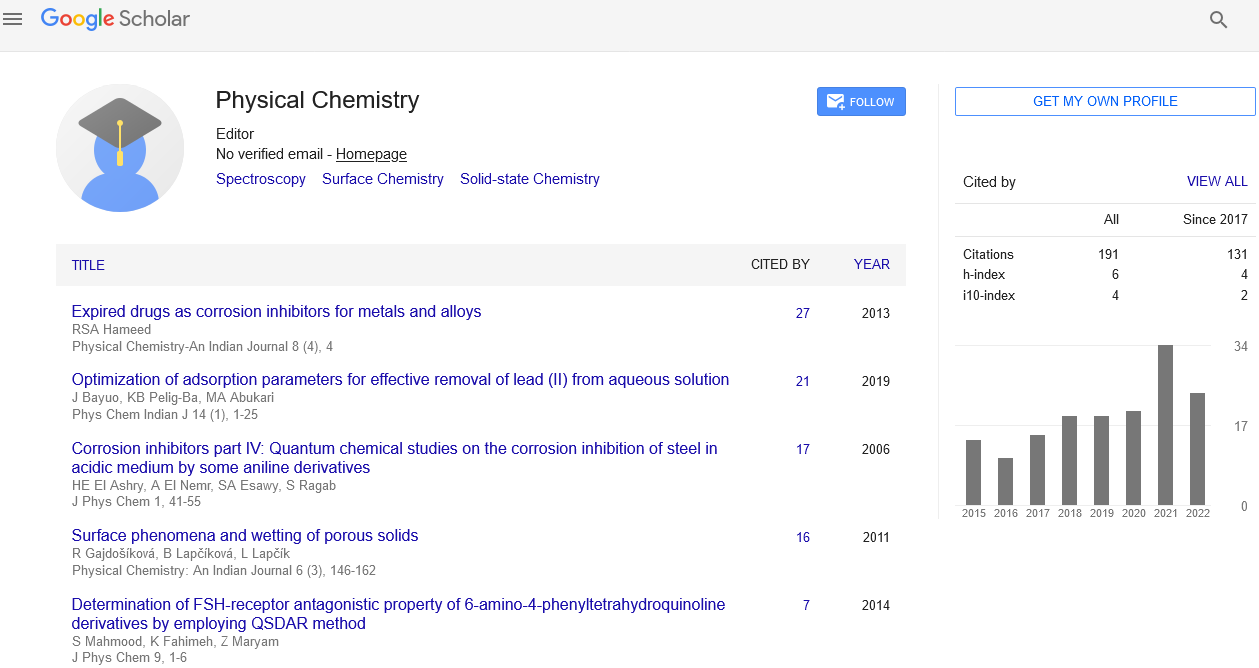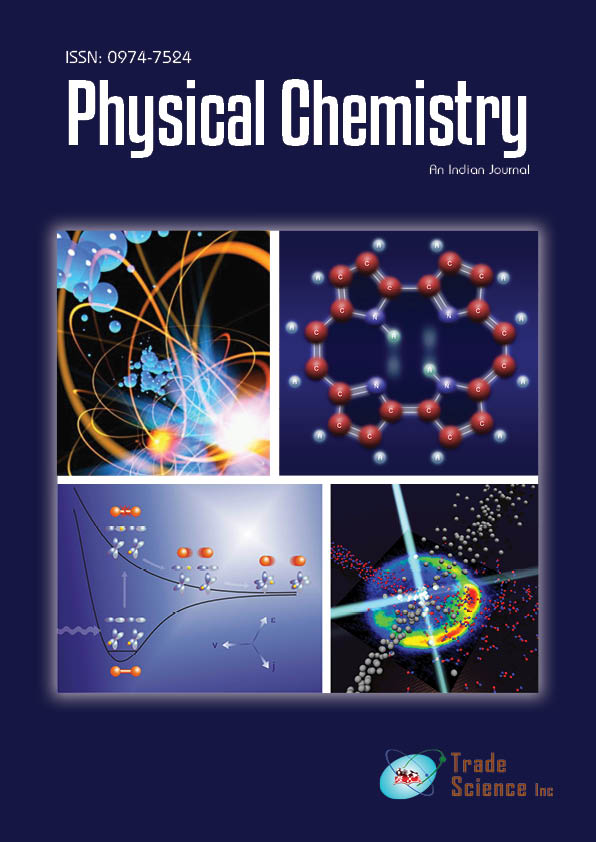Editorial
, Volume: 16( 1) DOI: 10.37532/0974-7524.2019.16(1).135Chemical Equilibrium
- *Correspondence:
- Evelyn Miller
Department of Chemistry, Editorial Office
57 Ullswater Avenue West End Southampton Hampshire, UK
E-Mail: physicalchem@tradescience.org
Received: January 6, 2021; Accepted: January 22, 2021; Published: January 28, 2021
Citation: Miller E. Chemical equilibrium. Phys Chem Ind J. 2021;16(1):135.
Abstract
Chemical Equilibrium
Chemical equilibrium is the condition of a chemical reaction in which all reactants and products are present in quantities that have no further propensity to change over time, resulting in no detectable change in the system's properties. When the forward reaction and the reverse reaction both proceed at the same rate, this condition occurs. The forward and backward reaction rates are usually not zero, but are equal. As a result, there are no net improvements in the reactant and component concentrations. Dynamic equilibrium is the term for such a condition.
Under some conditions, the differential of the Gibbs energy can be written in terms of species, elements, reaction extents, isomer groups, and homologous series groups at constant temperature and pressure. These options are discussed in terms of their applicability in terms of deriving expressions for equilibrium constants and devising other methods for calculating equilibrium compositions. If a system has one or more reactants with a constant chemical potential, their terms can be excluded from the summation using the Legendre transform to obtain a new thermodynamic potential that is a minimum at equilibrium. This allows for the description of homologous series and other classes that can be used as single terms in the fundamental equation in equilibrium calculations. Calculations on organic systems of indefinitely large numbers of organisms can be done using these techniques. The conditions that govern equilibrium can be quantified. For the reversible reaction A ⇋ B+C, for example, the velocity of the reaction to the right, r1, is given by the mathematical expression r1=k1(A), where k1 is the reaction-rate constant and the symbol in parentheses represents the concentration of A (based on the law of mass action).
Equilibrium's conditions and types: It's tempting to believe that once equilibrium is achieved, the reaction will come to a halt. Equilibrium in chemistry is a complex operation. Even after equilibrium has been achieved, forward and reverse reactions begin. For a reaction that is at equilibrium, however, the relative concentrations of reactants and products do not change because the reaction rates are the same.
The conditions and properties of a system at equilibrium are summarized below:
- The device must be locked, which means that no substances can enter or exit it
- The mechanism of equilibrium is complex. Both forward and reverse reactions are occurring, even though we don't always see them
- The forward and reverse reactions must have the same rate
- There is no requirement that the sum of reactants and products be equal. The quantities of reactants and products will, however, remain constant until equilibrium is achieved
The term "equilibrium" is used in this concept to describe the balance between reactants and products in a chemical reaction. Phase equilibrium and solution equilibrium are two other forms of equilibrium. When a substance is in the middle of two states, it is said to be in phase equilibrium. When the rate of evaporation equals the rate of condensation, for example, a stoppered flask of water achieves equilibrium. When a solid material is in a saturated solution, it reaches solution equilibrium. The rate of dissolution equals the rate of recrystallization at this stage. Despite the fact that these are all various forms of transformations, the majority of the equilibrium laws apply to any case in which a reversible process occurs.
The oxygen-carrying red blood cells transport oxygen to the tissues, allowing them to function. Cells cannot carry out their biochemical functions in the absence of oxygen. Oxygen is carried to the cells by hemoglobin, a protein found in red blood cells. CO2 binds even more strongly to hemoglobin in cases of carbon monoxide poisoning, blocking oxygen connection and lowering the amount of oxygen reaching the cells. To get rid of the carbon monoxide, the patient has to breathe pure oxygen.

